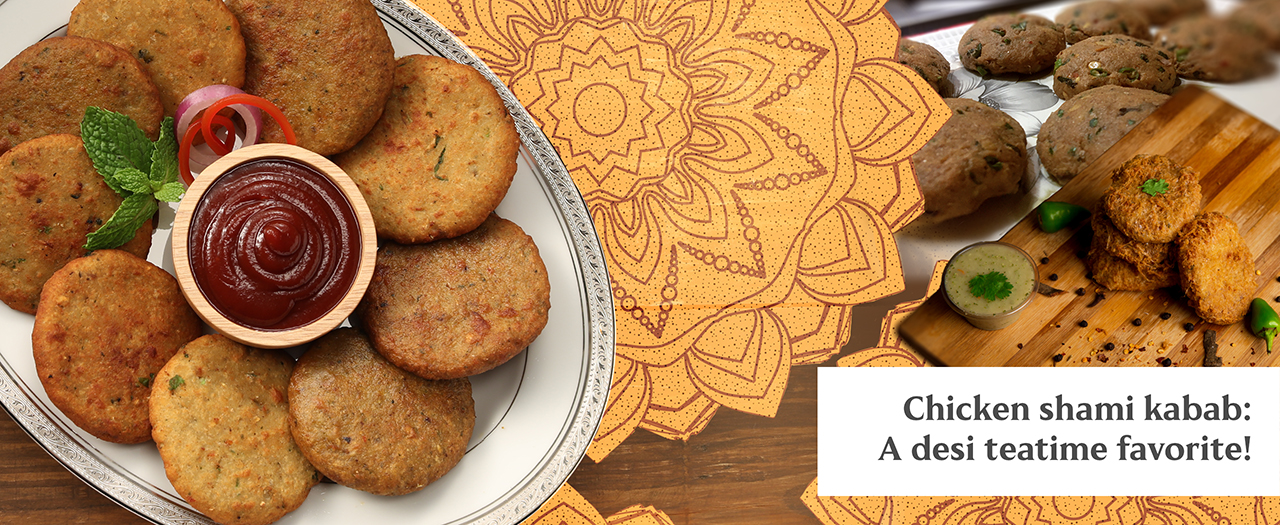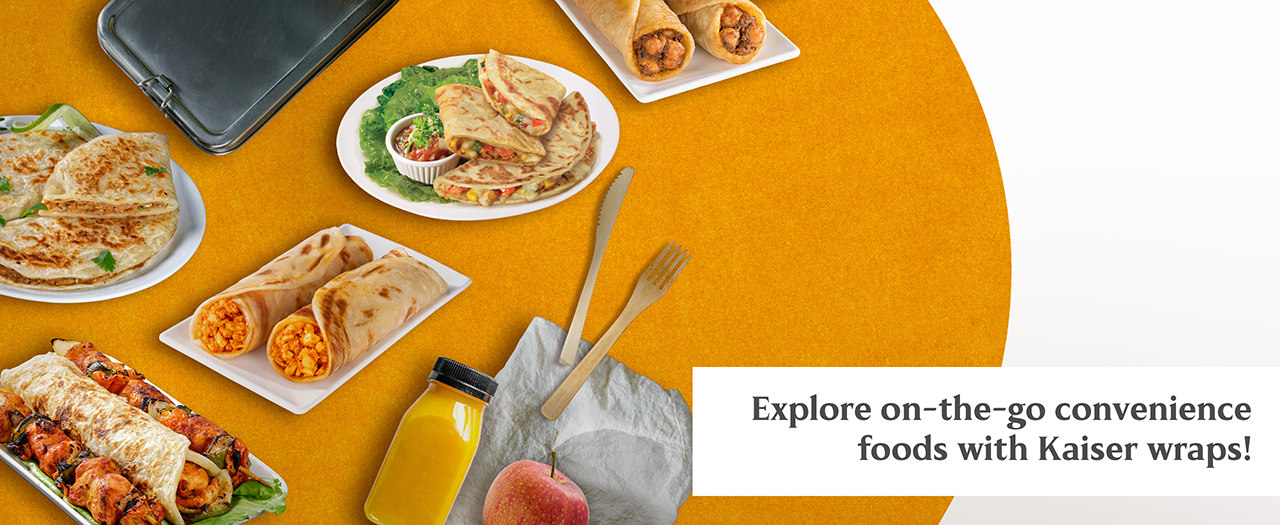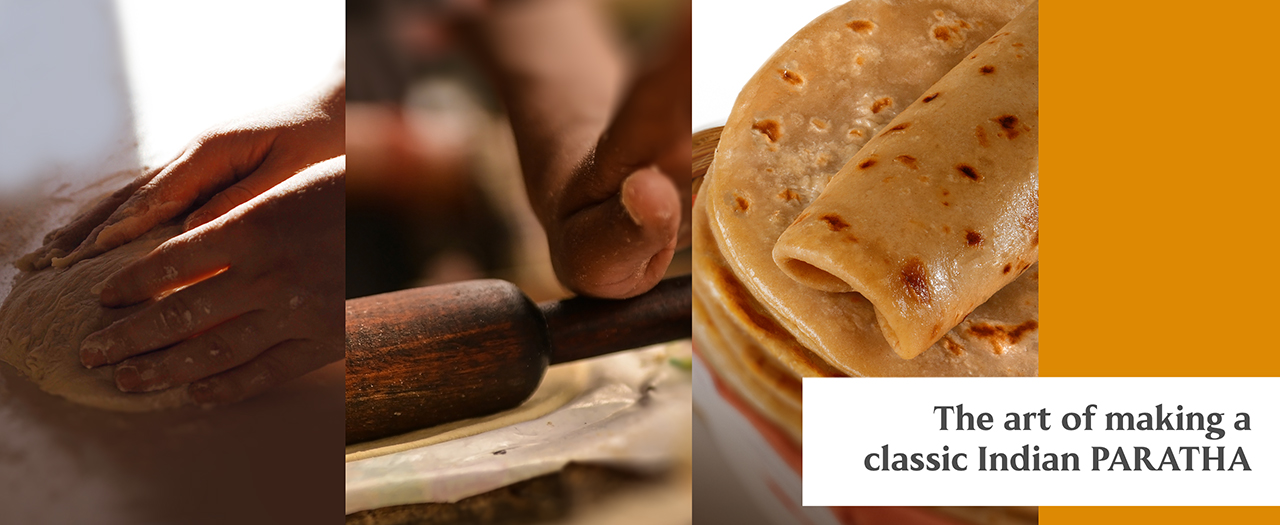Teatime is one of the most common features of many cultures worldwide, from the aristocratic British afternoon tea to the casual chai break enjoyed by the common folks in the Indian region. People prefer different types of tea and make it in various ways. However, human connection inspired by these ‘tea rendezvous’ is the common core, irrespective of cultural nuances. People look forward to these teatimes because they open doors to conversations from trivial gossip to intellectual chats.
But, tea is not supposed to be had without food!
The British love to pair their tea with creamy and jammy warm scones, finger sandwiches, or shortbread. In the Indian region, biscuits are a low-cost pairing for the common folks, and so is the world-favorite samosa. A rather elite teatime favorite is the shami kabab – especially its most popular version, the chicken shami kabab, and today we tell its tale.
Where do shami kababs come from?
Shami kabab was born out of a toothless nobleman’s love for food. The myth says that the Nawab of Lucknow, in northern India, was a food enthusiast who lost most of his teeth. Shami kabab was the product of the challenge the nawab gave his chef. He asked the chef to create something delicious he could enjoy despite his condition. The chef invented a kebab that did not need the nawab to chew the meat.
One of the hypotheses drawn from the etymology of ‘shami’ adds another interesting touch to this myth. The word suggests a connection with the Syrian region of the Levant, which is referred to as Al-Shaam. Since many Mughal-era chefs came from Arab lands to serve the empire’s nobility, there is good reason to believe this famous kebab was named after its chef from Al-Shaam (Syria).
Traditionally, shami kababs have been made from beef, but lamb and chicken shami kababs have become equally popular. Most people nowadays prefer the more subtle and mild chicken meat. It also delivers a higher protein content compared to its robust-tasting lamb and beef counterparts.
Now, let’s see how the Nawab’s chef made kebabs so soft they did not have to be chewed to be enjoyed – shami kababs made from any type of meat essentially follow the same recipe.
How do you make chicken shami kabab?
Chicken shami kabab is made from meat and lentils (split chickpeas/channa dal). These ingredients are boiled in salted water with dried whole spices like roasted cumin, cinnamon, cardamom, cloves, and black pepper until tender. Meat is separated from the bone, and uncooked eggs, ginger, garlic, onions, coriander and mint leaves, chopped green chilis, and ground spices, i.e., garam masala, are added. After it has rested, this seasoned mixture is ground into a fibrous paste. Once it attains uniform consistency, small round patties are formed and shallow-fried.
You can coat the patties in uncooked egg before frying. Adding egg to the mixture helps bind the ingredients, and its coating adds a golden, crispy layer to the melt-in-mouth tender kebab.
Shami kababs textured with meat fibers are preferred. So, while a food processor can make a finer paste, a pestle and mortar is recommended for the traditional feel.
The best part is that you can store your chicken shami kababs easily. Freeze the patties, and grab some to fry for a special teatime. Serve them piping hot with a mint-cilantro chutney or tomato ketchup.
Why shami kababs are a desi household favorite
Shami kabab is a must-have freezer item in most desi households. Homemakers prefer to keep chicken shami kabab in stock because the mild and subtle kebabs can save the day when unannounced guests arrive. Serving them with tea and condiments does not take much prep if you’ve them lying in the freezer, ready to cook. Yet, they make the teatime extra special.
You can also serve beef or chicken shami kabab as an appetizer to a meal of biryani or pulao, as a side to the main dish of dal (lentils/legumes) or sabzi (vegetables), or make quick and easy sandwiches and wraps to eat on the go.
Concluding words…
Chicken shami kabab sits at the heart of the desi teatime snack list – it is difficult to imagine not having these savory kebabs on a snackboard served at a South Asian tea party, casual or celebratory. They’re amazing when made at home, but many of us don’t have the time to go through the elaborate prep process. This is where frozen chicken shami kababs can come in handy. Try the chicken and beef versions with Colonel Kababz without compromising the quality or flavor, and enjoy the convenience!



